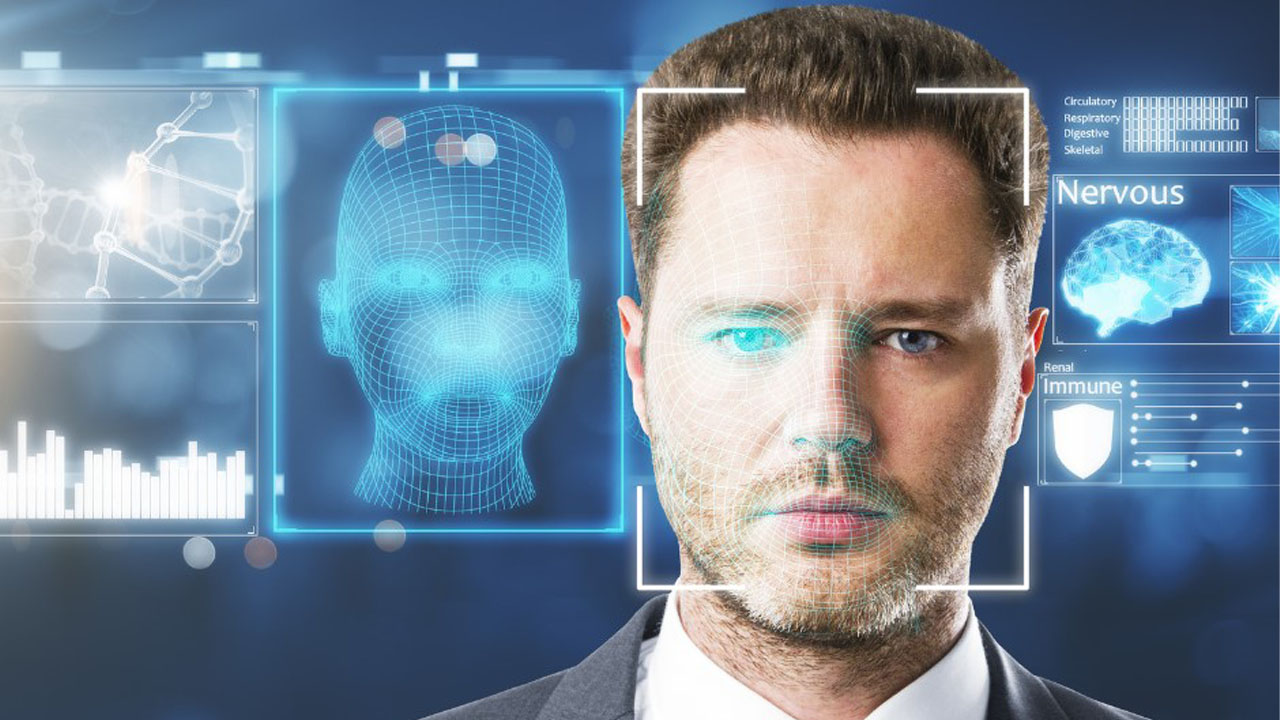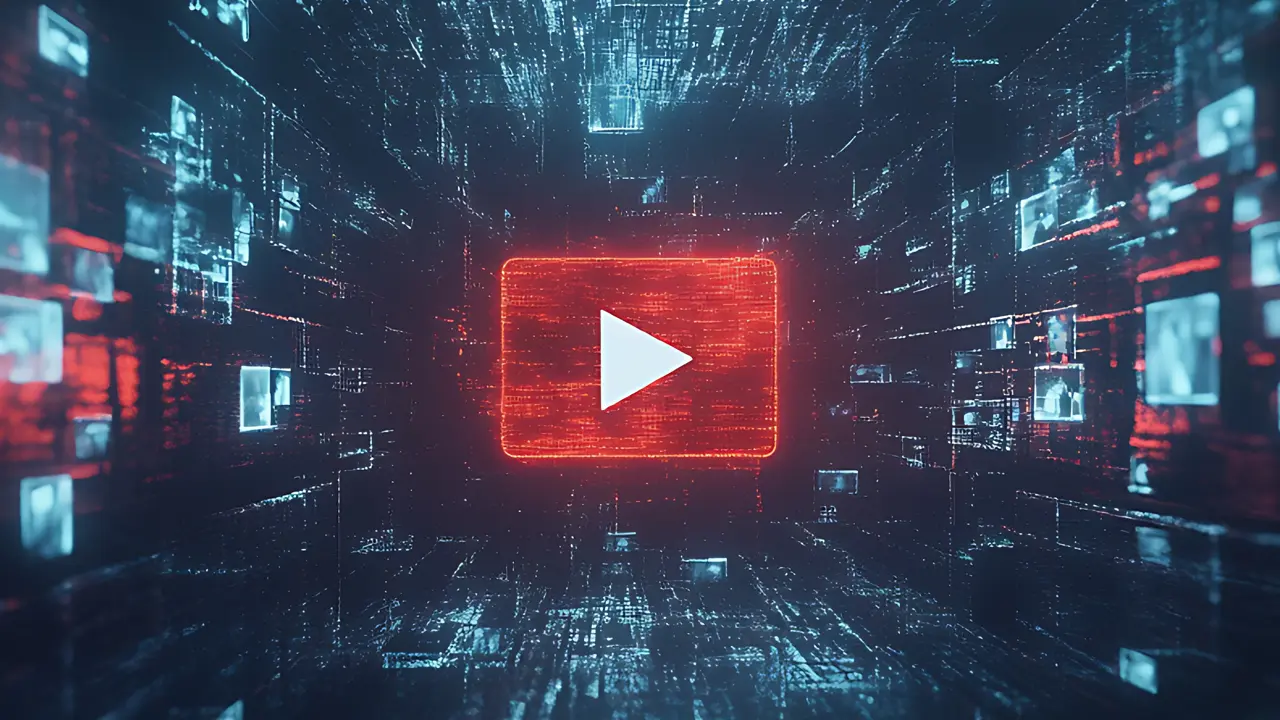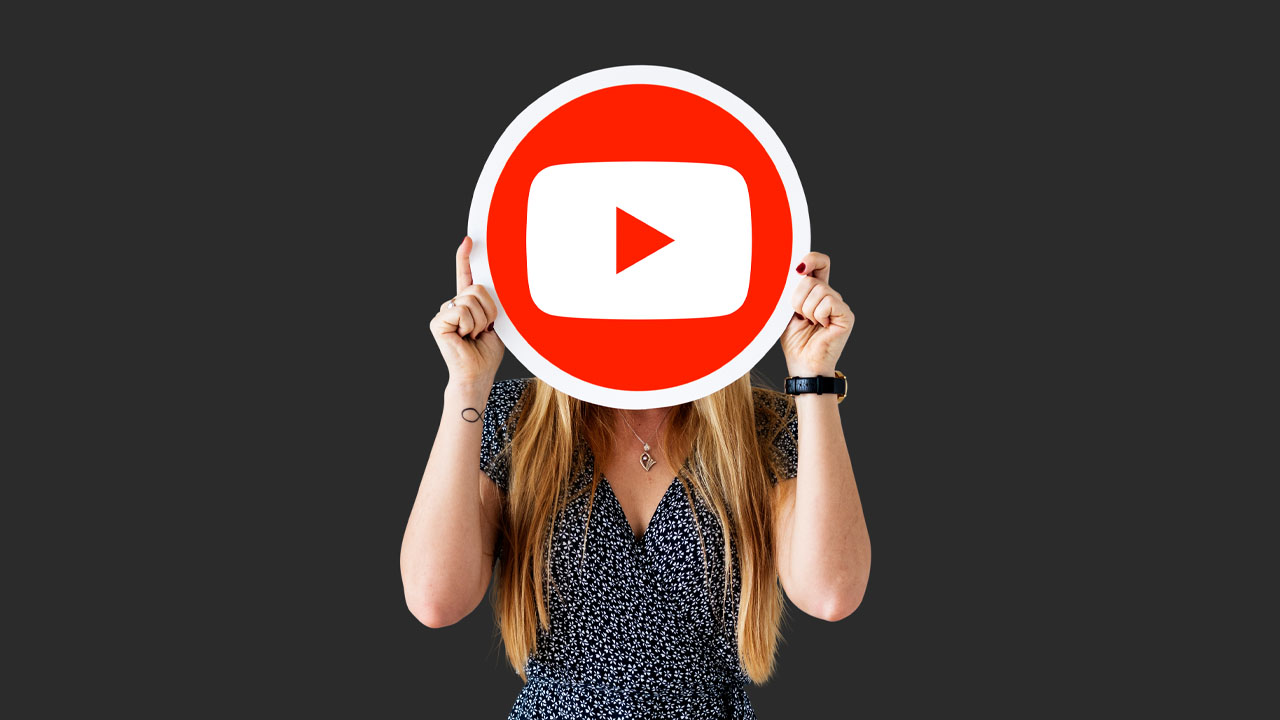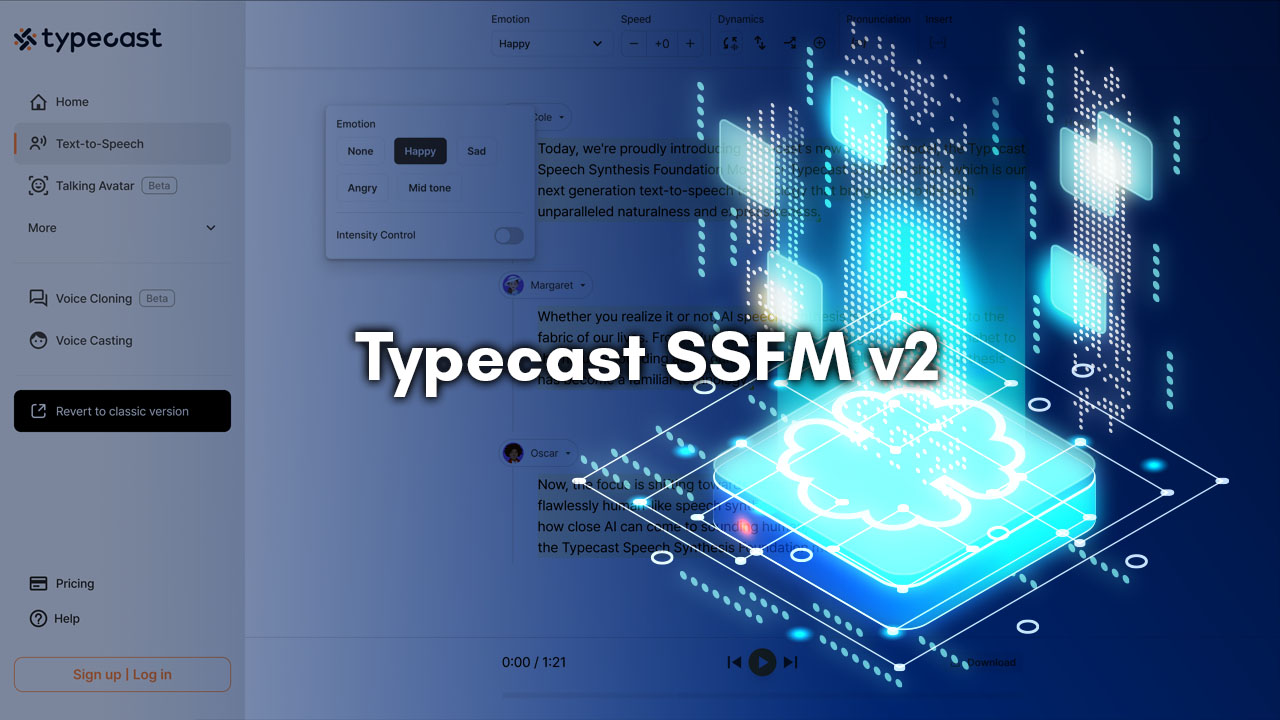Computers have been revolutionizing the way we simulate reality. Modern movies are increasingly dependent on computer-generated sets, scenery, and characters instead of physical locations or props. Moreover, these scenes look incredibly realistic, and therein lies the problem.
Deepfake Software, which uses cutting-edge computer techniques with AI, can seamlessly replace one person’s likeness with another in content created for various purposes. This remarkable creation can be both an asset and a detriment; however, many content creators and AI enthusiasts are exploring how to use deepfakes ethically.
What is Deepfake Software?
In its simplest form, Deepfake software is a type of Artificial Intelligence (AI) technology that uses deep learning to generate or manipulate audio, video, and images by replacing one person’s face, voice, and mannerisms with another, creating content. Online deepfake software uses computer algorithms to make modified versions of media. Examples of deepfake apps can be:
- Face swaps apps.
- Voice-overs or Generated voice apps.
- Apps that create deepfake videos.
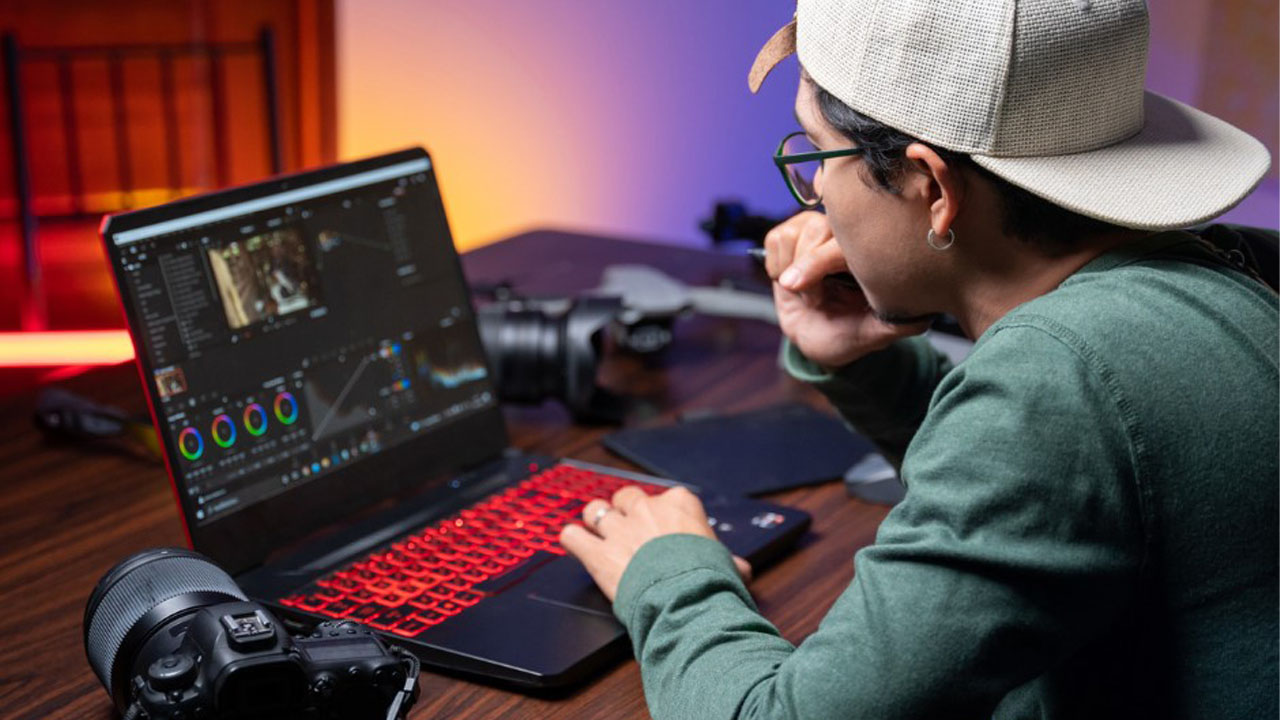
What are the Types of Deepfakes?
In the past, deepfakes have mainly existed for entertainment; however, they are also used to create harmful content. Quite recently, there were several incidents where criminals used deepfake audio to steal money from a corporation.
According to news sources, several incidents have surfaced where at least one attempt to convince senior financial controllers to transfer cash was successful. Each type of deepfake has advantages and disadvantages, depending on the purpose. The different types of deepfakes are:
- Textual Deepfakes.
- Deepfake Videos.
- Deepfake Audio.
- Deepfake Images.
- Live Deepfakes.
Anyone can use a deepfake app to create comedic content, gaming videos, TikToks, and manipulate people into believing false information, which could have severe implications for an individual’s reputation or credibility.

Deepfake software
What’s so unnerving about things like deepfakes is that anyone can make them using complex but intuitive software that utilizes machine learning and AI capabilities. Most experts believe creators combine technology like facial recognition and Generative Adversarial Network (GANs).
Some other face swap apps don’t use GANs but use computer-manipulated algorithms. For example, Variational Autoencoder (VAE) can identify distinguishing characteristics in multiple images using probabilistic methods, which is essential when applying the same procedure across different contexts – like face-swapping.
Deepfakes can use a voice emulator
A voice emulator is a device or program that can accurately replicate a person’s voice, creating convincing audio deepfakes. Homer Dudley, a physicist at Bell Laboratories in New Jersey, developed the Vocoder. Essentially this technology modulates or alters the pitch and tone of the speaker’s voice. These “voice changers” use deep neural networks to analyze audio and convert it into a digital model of the speaker’s voice.
Experts studying this phenomenon might also call this “voice-cloning,” but they all refer to the same process. Voice emulators can create convincing audio deepfakes, unique video content for creators, or audio content for informative or marketing purposes. In addition, YouTube and gaming content creators have adopted the technology to maintain their anonymity.

A vast library of voices
Another way to create convincing deepfakes is to use a vast library of pre-recorded voices. These libraries can include recorded audio from actors, public figures, or those who have agreed to lend their voices to create deepfakes. Creators can then develop audio deepfakes for lip-syncing projects or explainer videos; the voices are manipulated to make it sound like they are coming from the original speaker.
Several well-known voice-changing tools can create audio deepfakes, such as Murf, VoiceMod, and WaveNet. These tools make it easier for content creators to get their script recorded without paying tons of money.
Creators can also use animation software for Deepfakes
Creators can also use animation software to create deepfakes; this process could involve animating a person’s face or an entire picture so that it moves and acts the same way as the person would. Adobe products, the industry standard in animation, are well-known among professional animators, and the company seems interested in making the best deepfake apps on the market.
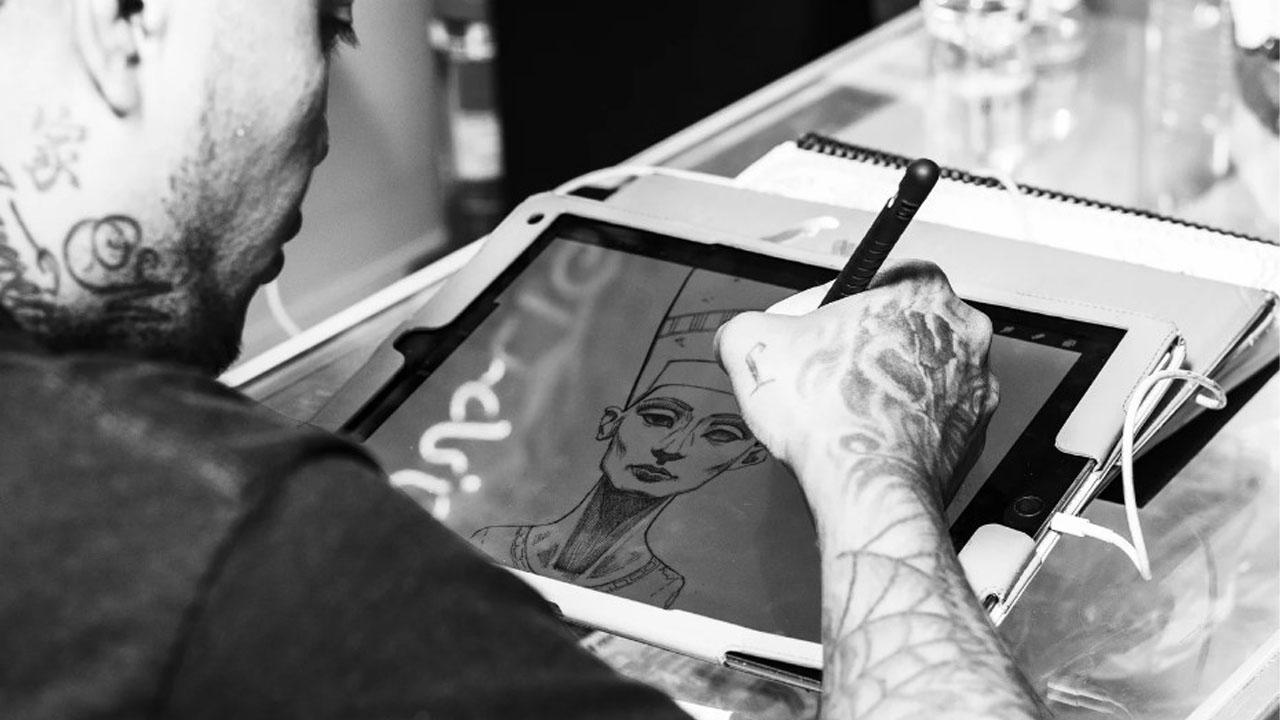
In 2021, Adobe revealed a deepfake tool that creates an “animated bridge” between two photos or an entire roll of camera photos.Thanks to Adobe Sensei and its AI technology, you can get a smooth animation lasting a few seconds, that is better than gifs and videos.
The software will bring your cherished memories to life in the most delightful way. Project Morpheus is another prototype that allows photo editors to apply a video-like Neural Filter in Photoshop to change a person’s appearance.
What are interactive animations?
Interactive animations can be controlled beyond simply starting and stopping the animation. The content can include anything from playing games to manipulating objects with your mouse or keyboard, but interactive responds to user input. Interactive animations make it possible to create realistic scenes that are constantly changing, interactive infographics for educational purposes, and even create animations that make voice content more engaging.
How to create interactive animations?
Creating interactive animations can be daunting, but here are some tips you can follow to get started. First, experiment with drawing tools and the best animation software like Adobe Animate, Unity, or YouTube’s Video Editor. However, to get started, try these tips:
- Use great tools – Choose the best tools for the job, which is sometimes easier said than done. There are a variety of platforms that offer powerful interactive features. Still, you need an end-to-end solution that will allow you to craft your project from start to finish.
- Support your content, don’t show off – Interactive animation should be a complementary tool, not just for show. You don’t need to animate every single object on the page; it is always wiser to be judicious with your choices and keep things simple.

What are the benefits of interactive animation for creators?
Making your content interactive can convince users to engage or participate in the content. For creators, it’s an advanced tool that offers just as many advantages.
Adds compelling elements and fun to your content
Adding interactive animation to the user experience can be a great way to make it fun and playful, even if it’s just a few clicks here and there. As a result, users will get a memorable experience, resulting in more customers returning and increased brand loyalty.
Complex topics become easier to understand
Interactive animation makes even the most complicated concepts easier to comprehend, significantly increasing their chances of completing them successfully.
Improves Engagements
Animations attract the eye, making users more likely to engage with content. Ultimately, you can increase conversion for your product by prompting users to take the desired action.

Deepfakes can use voice generators
Using various AI technology, deepfakes utilize convincing voice-overs that sound indistinguishable from real people. In addition, with the help of speech synthesis and text-to-speech algorithms, the fake content can generate compelling audio that creators can use in their video content.
AI voices to capture the right tone
AI voice generators are getting more sophisticated with every passing day. With the right AI voice generator, you can create a wide variety of tones that help capture the mood and emotion of your content. For example, creators can use their own voice or AI voices to make warm, professional, lively, and serious tones for their content depending on its purpose.
There’s a voice for every need
The AI model these companies use creates human-like content and can lend emotion and feeling, making it more relatable for your audience. From lively and energetic voices to calm and soothing ones, there’s a voice for every need.
All you need is a good understanding of the target audience and their preferences. Then, content creators can use the trained model to achieve great results. AI voice generators are a great way to create cost-effective content that appeals to your target market.

How Does Audio File Compression Affect Audio Files?
Audio file compression is an essential part of the digital age as it allows people to share stunning pictures, hear audio messages, and view their preferred films and television series easily; there’s no limit to its potential. So naturally, audio compression is vital to understanding how to create content; compression reduces data and file sizes, allowing for easy sharing and storage over the internet.
AI is also applicable in this scenario as it uses algorithms to reduce audio file sizes further, allowing for better experiences. The AI is trained to compress audio data to a specific size; a good example is Meta’s experiments, where they achieved a comparable sound quality to 64 kbps MP3 at a 10x compression rate.
What is voice editing?
Anyone can also use compression techniques to achieve a sound quality that users may find desirable. Voice editing applies audio-related effects like compression, EQ, and pitch shifting to adjust or enhance an audio file’s quality. In addition, voice editing can create a specific sound for different projects, such as podcasts, radio shows, and commercials.
Do compressed audio files lose quality?
Voice editing also helps to make recordings sound more realistic; AI-based tools make it much simpler for content creators to adjust their audio files for the best-sounding results. For example, they can use audio compression to reduce the size of an audio file and normalize the audio’s volume.
Of course, the compression effect is different if you’re using a Lossless file format, like a WAV file, or a Lossy format, like an MP3. Compressing a Lossless file results in no loss in quality but a massive file; compressing a Lossy file results in sound fidelity loss but a smaller file.
Is Deepfake Software Free?
Some deepfake software has a free version, but it’s not always free; it usually requires a subscription. In addition, paid deepfake applications typically have a premium version with more features. If you’re lucky, you may get lifetime access to the premium plan of some of the best software and its new features. Though the free plan of user-friendly deepfake software like DeepFace Lab, DeepSwap, and FaceSwap is all you need.

Is Deepfake Illegal?
Technically, using or creating deepfakes isn’t illegal, and it shouldn’t be, especially since the film industry has been using them to create videos and images for decades without malicious intent. However, deepfakes are used maliciously, so the technology has some implications. Deepfakes are primarily unregulated, though in many places, the malicious use of them is prohibited, such as to defame someone or interfere with an election.
However, while creators can use the technology to create content for their audience, they should still be mindful of copyright and applicable local regulations. Furthermore, creators should get the appropriate consent from all parties involved before using deepfakes. As a creator, you must read user agreements and understand how companies allow you to use their product and for what purpose.
Should Content Creators Worry About Deepfake Technology?
The technology can be used for good and evil, depending on user intent. Therefore, it’s essential to understand how this technology works and its potential implications to be prepared for when it becomes prevalent. Content creators can use it for their projects without fear. Deepfakes have the potential to revolutionize content creation, so creatives need to understand how to use deepfakes responsibly and ethically.
